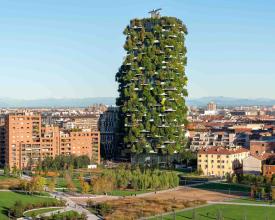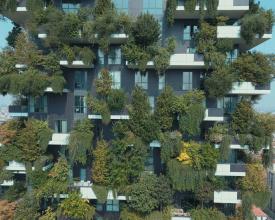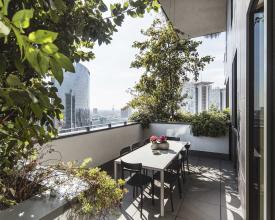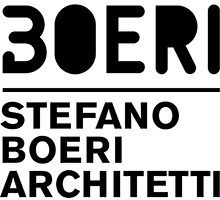
Bosco Verticale, architectural biodiversity – a new alliance between forests and architecture
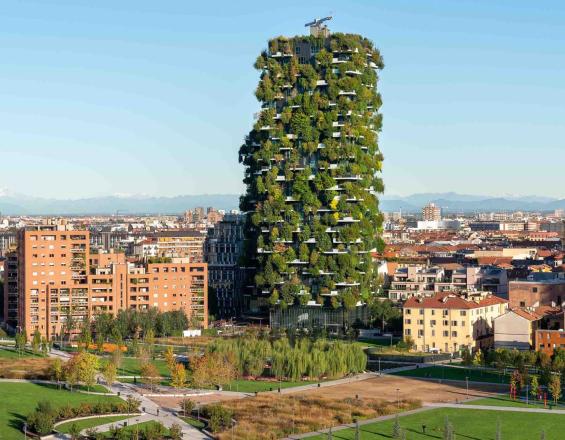
Bosco Verticale is a set of two towers providing 3,000 square metres of living space in the centre of Milan. The 20,000 plants growing on its exterior have made this building an international iconic of biophilic design. The idea from Stefano Boeri for these buildings was to create a "home for trees that houses humans and birds." The towers host 800 trees, 15,000 perennials, and 5,000 shrubs, equal to 30,000 square meters of forest on land. At the same time, the green curtain holds benefits for the microclimate in and around the buildings. To name a few, it regulates humidity and temperature and absorbs CO2 and microparticles. Management is done through 'flying gardeners', who descend from the building's roof for maintenance. Irrigation systems are digital and remotely controlled. Filtered water from the towers is used to reduce the water footprint. The Bosco Verticale buildings show an alternative way of generating space for biodiversity and sequestering carbon in a dense urban area.
Context
Challenges addressed
Location
Impacts
The project shows that buildings and green spaces can be intertwined into sustainable designs that provide multiple benefits for residents and nature. The green towers are a hotspot for biodiversity in Milan. A few years after the finalization of the Vertical Forest (2014), the building was found to provide a home for some 1,600 birds and butterflies. At the same time, vertical forests are a tool for CO2 uptake in buildings - the vegetation on the building will convert approximately 20,000 kg of carbon each year.
The Bosco Verticale also shows a pathway for cities to combine high-density urban development with tree planting. This project allows for densification without compromising nature access, thereby reducing pressure on the city's surrounding hinterland.
Lastly, the architectural concept of urban forestry is spreading to other metropolitan areas such as Eindhoven (Trudo Vertical Forest), Utrecht (Wonderwoods), and Antwerp (Palazzo Verde). While the towers in Milan were created for high-income groups, Eindhoven's vertical forest is built specifically as social housing. To generalize the concept, Stefano Boerie's studio is researching reproducible construction systems that can help other cities and developers uptake similar practices and make vertical forests available for all.

